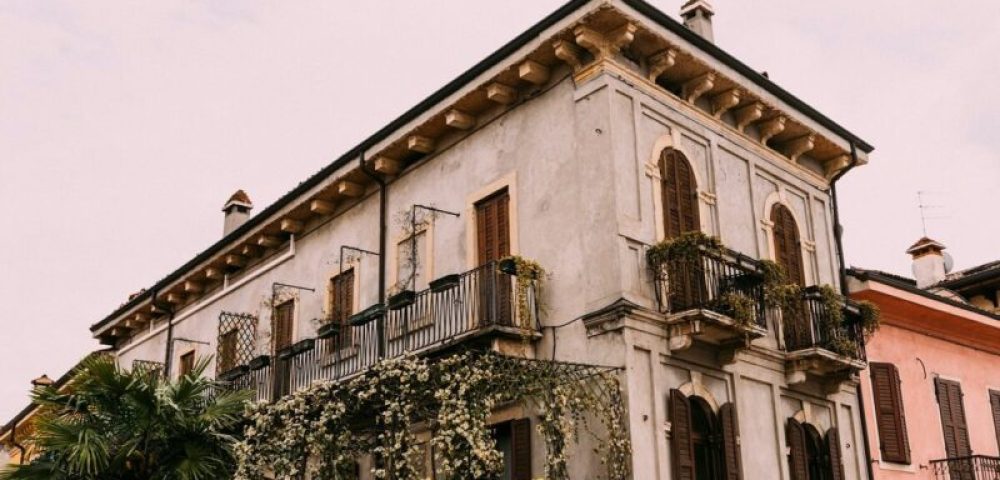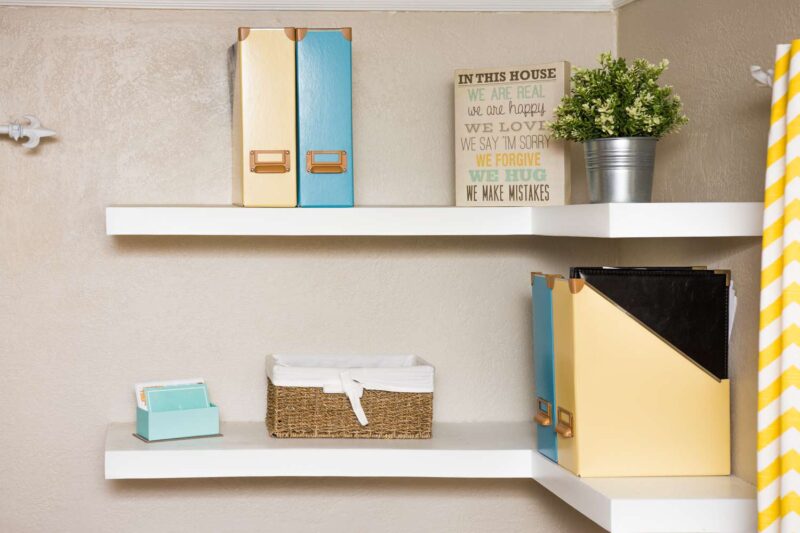Older houses stand as proud reminders of past craftsmanship and design. Many people want to improve comfort and function but fear losing the soul that makes an old house special.
A successful renovation protects charm while providing modern updates. Exploring thoughtful methods and materials ensures each room honors its roots and tells a story worth preserving.
Choose Thin Brick to Add Warmth and Texture
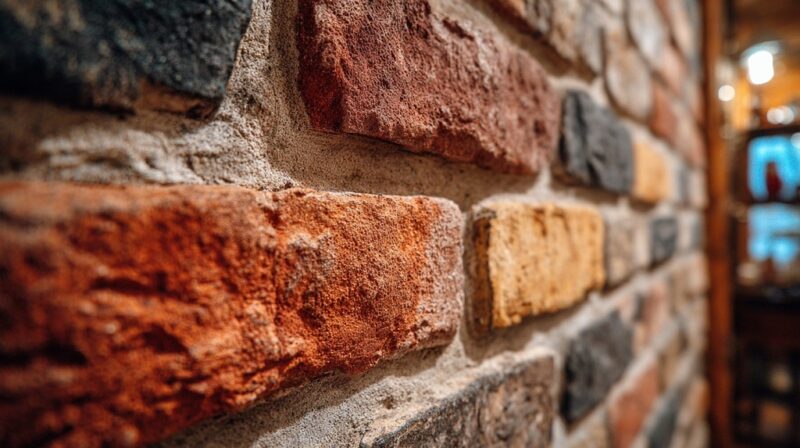
Thin brick offers a practical way to introduce classic brick charm without adding heavy structural loads.
Many old houses already have brick elements, but thin brick panels or veneers allow expansion of that look to other areas inside and outside the house.
Interior Accent Walls
Thin brick works beautifully on interior walls. Hallways, kitchens, and living rooms gain character when a brick accent wall joins wood floors and vintage fixtures.
Choosing the right shade and finish ensures harmony with existing colors and materials.
Fireplaces and Chimney Surrounds
A fireplace often serves as a room’s centerpiece. Applying thin brick to the surround or chimney area reinforces a warm, authentic atmosphere. The texture and subtle color variations add depth and provide visual interest without feeling forced or artificial.
Exterior Facades
Thin brick also suits exterior facades. Adding it to new extensions or repairing damaged areas helps unify the whole structure. Proper sealing and expert installation ensure durability and keep the look true to the house’s period.
If you seek high-quality thin brick, there is a great selection that you can find here.
Restore Original Woodwork for Timeless Appeal
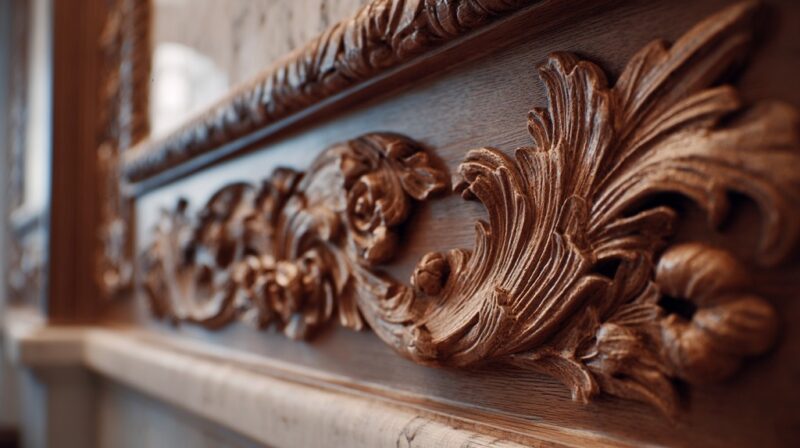
Woodwork tells a silent story in every house. Moldings, staircases, banisters, wainscoting, and window trims often display detailed craftsmanship that modern pieces cannot replicate.
Strip and Refinish
Layers of paint can hide rich wood grains. Stripping and refinishing bring out warmth and natural patterns. Sanding and sealing help protect against future wear and highlight the original beauty.
Repair Instead of Replace
Repairing cracks, chips, and loose sections keeps the original structure intact. Using traditional methods and matching wood types ensures a seamless look. Every small fix supports the house’s history.
Keep Original Floor Plans Intact
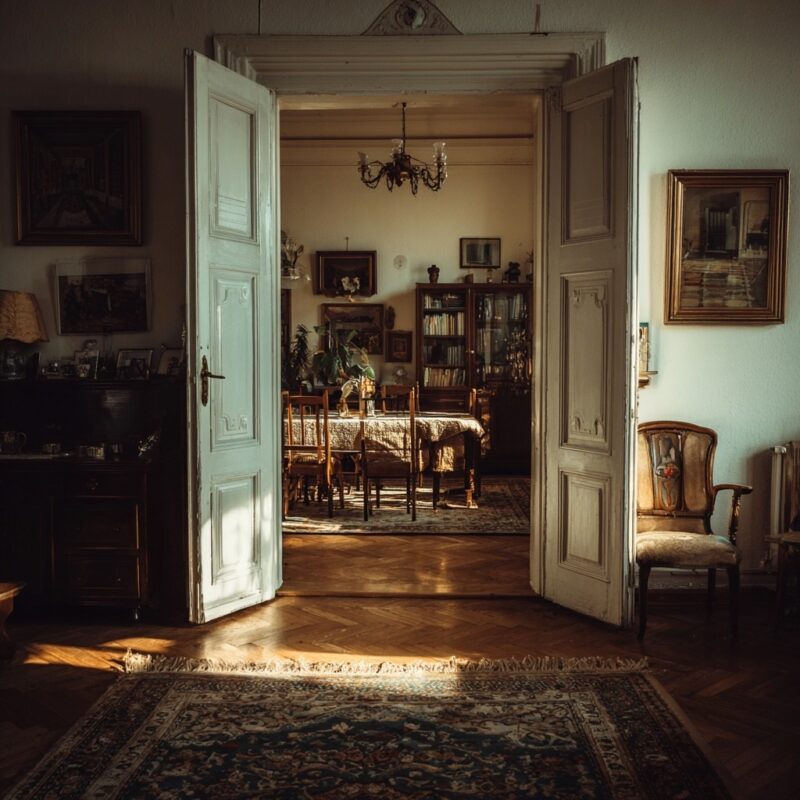
Older houses often feature unique room layouts reflecting past lifestyles and practical needs. Open plans might seem attractive but can destroy the intimacy and flow that define a historic home.
Protect Room Divisions
Maintaining the original divisions respects the intended use and allows each space to tell its part of the story. Separate dining rooms, parlors, and libraries provide a sense of discovery as one moves through the house.
Avoid Unnecessary Walls Removal
Knocking down walls for large open spaces often disrupts balance and proportions. Keeping walls intact helps preserve charm and protects structural integrity.
Maintain Original Windows to Keep Authenticity
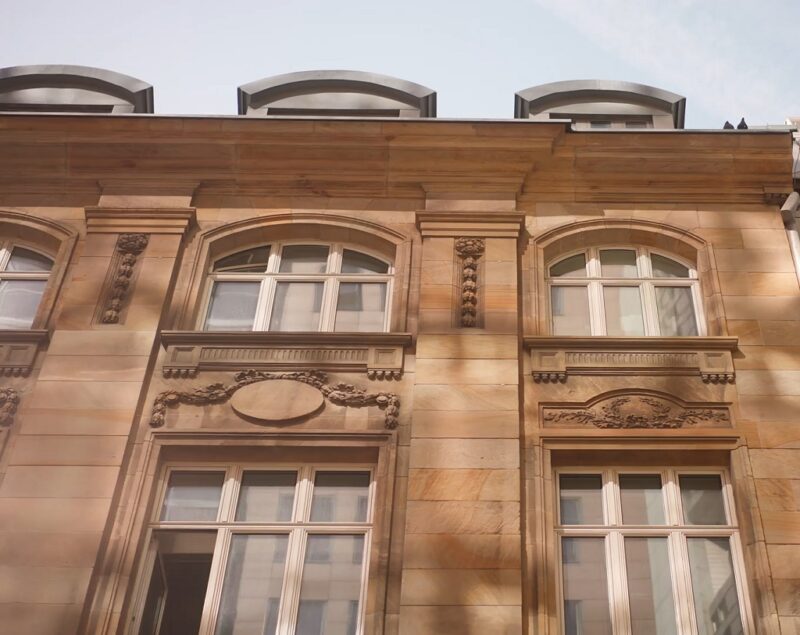
Windows shape both exterior appearance and interior light. Original wooden sashes, divided panes, and handmade glass offer charm and texture that new windows rarely match.
Restore Rather Than Replace
Rot and drafts often tempt owners to choose new windows. Repairing original frames and adding weather stripping improve performance without losing historical value. Reglazing panes and reinforcing joints keep the original spirit alive.
Add Storm Windows
Storm windows provide extra insulation while leaving original features untouched. Well-designed storm windows blend with the exterior and allow easy maintenance.
Use Classic Fixtures to Strengthen Character

Fixtures serve as jewelry for a house. Light switches, door handles, faucets, and cabinet pulls influence mood and style. Choosing classic designs keeps each room faithful to its time.
Salvaged and Reproduction Pieces
Antique shops and salvage yards offer original fixtures that match the age of the house. Reproduction hardware modeled after historic designs also provides a good alternative when originals are not available.
Coordinate Finishes
Choosing matching or complementary finishes across rooms helps maintain a cohesive story. Brass, bronze, and aged iron all work well in older homes and add warmth.
Highlight Unique Architectural Details
Special features often set an older house apart. Ceiling medallions, corbels, ornate stair spindles, and archways deserve focus and care.
Clean and Refresh
Gentle cleaning can revive delicate details without harsh chemicals. Polishing metal elements and reapplying natural oils to wood trim keep surfaces fresh and authentic.
Use Lighting to Emphasize Features
Proper lighting draws attention to fine craftsmanship. Wall sconces, picture lights, or small recessed spotlights highlight carvings and textures, adding depth and drama without overshadowing other elements.
Choose Period-Appropriate Colors and Materials
Colors and materials influence atmosphere and help tie updates to the original vision. Many older houses used earthy tones, deep greens, soft creams, and muted blues.
Research Historical Palettes
Old photographs, leftover paint chips, and architectural surveys can guide color selection. Keeping to period colors connects new finishes with existing materials and respects the original aesthetic.
Use Honest Materials
Natural stone, clay tiles, lime plaster, and solid wood contribute to the authentic feel. Avoiding synthetic or cheap substitutes preserves integrity and durability.
Protect and Maintain Exterior Elements
The exterior shapes first impressions and frames the interior experience. Original siding, cornices, porches, and rooflines all deserve attention.
Repair Siding and Trim
Wood siding often only needs targeted repairs rather than full replacement. Matching profiles and using traditional joinery maintain visual harmony.
Preserve Porches and Entryways
Porches create welcoming transitions and define the home’s character. Rebuilding rotted columns, repairing floorboards, and restoring railings honor the original design and improve safety.
Embrace Subtle Modern Upgrades Without Overshadowing Character
A comfortable home benefits from modern systems. Respectful updates provide better comfort and efficiency without disturbing historic elements.
Upgrade Systems Quietly
Electrical rewiring, plumbing replacements, and HVAC installations can be done in ways that avoid visible changes. Routing new systems through basements, attics, or behind walls keeps surfaces clean and true to the original look.
Improve Insulation Carefully
Adding insulation to attics and crawl spaces helps with energy performance. Avoid using spray foams directly on old walls or rafters, as these can trap moisture and damage materials.
Engage Skilled Craftsmen for Specialized Work
Working with professionals who understand historic houses ensures correct methods and long-lasting results. Craftsmen with experience in older structures know how to balance function and aesthetics.
Seek Local Experts
Local artisans often understand regional architectural styles and materials. Their knowledge helps guide choices and ensures faithful repairs.
Support Traditional Techniques
Encouraging traditional building techniques, such as lime mortar pointing, hand-carved trim repairs, and period-specific plastering, preserves authenticity. Each step taken with respect for original methods strengthens the house’s character.
Add Thoughtful Landscaping to Complete the Vision
Landscaping supports the overall character and connects the house to its surroundings. Many older homes included specific plantings or garden layouts that reflected the period’s values.
Preserve Mature Plants
Protecting established trees and shrubs maintains continuity. Careful pruning rather than removal keeps a sense of age and stability in the yard.
Choose Traditional Garden Elements
Brick paths, wrought iron fences, and stone benches all match older styles. Heritage plant varieties and cottage-style flower beds reinforce a timeless feel and help create a gentle transition between indoor and outdoor spaces.
Final Thoughts
A sensitive renovation respects every curve, trim, and brick that gives an older house its personality. Each element, from woodwork to window panes, holds echoes of past hands and daily lives.
Updating comfort and function does not mean surrendering the magic of the original design.
Careful planning, honest materials, classic fixtures, and skilled craftsmanship keep the spirit alive while meeting modern needs.
Thoughtful landscaping, subtle upgrades, and preservation of key architectural features allow a house to shine again without erasing its past.
Honoring the story behind every door and wall builds a lasting connection across generations.
Each step in the renovation journey offers a chance to protect the soul of the house and create a warm, welcoming space that feels both timeless and alive.

